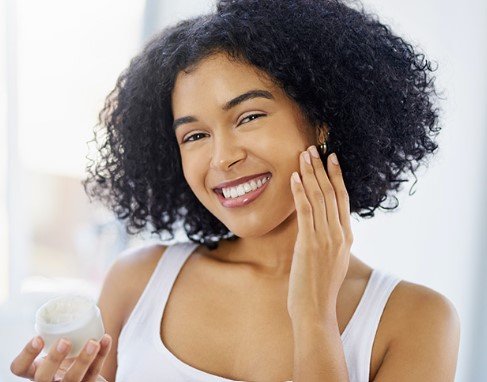The Impact of Ingredient Bans on Skin Care Products: Clean Beauty Trends and Consumer Awareness
Summary
- Ingredient bans have a significant impact on the frequency of reformulation in everyday skin care products and self-care routines.
- Surveys and statistics show that consumers are becoming more aware of harmful ingredients and are demanding safer alternatives.
- Regulations and bans on certain ingredients have led to a shift towards cleaner and more sustainable beauty products.
The Impact of Ingredient Bans on Skin Care Products
In recent years, there has been a growing concern about the safety of ingredients used in skin care products. This has led to increased scrutiny from consumers, regulatory bodies, and advocacy groups. As a result, there have been several bans on certain ingredients that are considered harmful or potentially harmful to human health and the environment.
Consumer Awareness and Demand for Safer Alternatives
According to a survey conducted by the Environmental Working Group, 76% of consumers believe that skin care products should be free from harmful ingredients. This growing awareness has led to an increased demand for cleaner and more natural alternatives. In fact, 82% of consumers are willing to pay more for products that are free from potentially harmful ingredients.
- Consumers are educating themselves about the potential dangers of specific ingredients such as parabens, phthalates, and formaldehyde. According to a survey by Mintel, 63% of consumers actively avoid products containing these ingredients.
- Regulations and bans on certain ingredients have influenced consumer preferences and purchasing decisions. For example, the ban on microbeads in exfoliating products has led to a surge in demand for natural alternatives such as sugar scrubs and bamboo exfoliators.
- Ingredient bans have also prompted manufacturers to reformulate their products to comply with new regulations. According to data from the Personal Care Products Council, 72% of companies have reformulated their products in response to ingredient bans.
The Shift Towards Cleaner Beauty Products
As a result of ingredient bans and consumer demand for safer alternatives, there has been a noticeable shift towards cleaner and more sustainable beauty products. Companies are now investing in research and development to create products that are free from harmful chemicals and are environmentally friendly.
- According to a report by Grand View Research, the global market for natural and organic beauty products is projected to reach $25.1 billion by 2025. This growth can be attributed to increasing awareness about the harmful effects of synthetic ingredients and a growing preference for natural alternatives.
- The European Union has been at the forefront of ingredient bans in the beauty industry. The EU has banned over 1,300 harmful chemicals from cosmetics, leading to an increase in demand for Clean beauty products in the region.
- In the United States, several states have introduced legislation to ban certain ingredients from personal care products. For example, California has banned the use of formaldehyde in nail polish and hair straightening products.
Conclusion
Ingredient bans have had a significant impact on the frequency of reformulation in everyday skin care products and self-care routines. Consumers are becoming more aware of harmful ingredients and are demanding cleaner and safer alternatives. This has led to a shift towards cleaner beauty products and a growing market for natural and organic Skincare Products. Manufacturers are responding to these changes by reformulating their products to comply with regulations and meet consumer demand for safer alternatives.

Disclaimer: The content provided on this blog is for informational purposes only, reflecting the personal opinions and insights of the author(s) on the topics. The information provided should not be used for diagnosing or treating a health problem or disease, and those seeking personal medical advice should consult with a licensed physician. Always seek the advice of your doctor or other qualified health provider regarding a medical condition. Never disregard professional medical advice or delay in seeking it because of something you have read on this website. If you think you may have a medical emergency, call 911 or go to the nearest emergency room immediately. No physician-patient relationship is created by this web site or its use. No contributors to this web site make any representations, express or implied, with respect to the information provided herein or to its use. While we strive to share accurate and up-to-date information, we cannot guarantee the completeness, reliability, or accuracy of the content. The blog may also include links to external websites and resources for the convenience of our readers. Please note that linking to other sites does not imply endorsement of their content, practices, or services by us. Readers should use their discretion and judgment while exploring any external links and resources mentioned on this blog. Content in this blog is copyright protected, please do not repost or embed content without prior written permission.